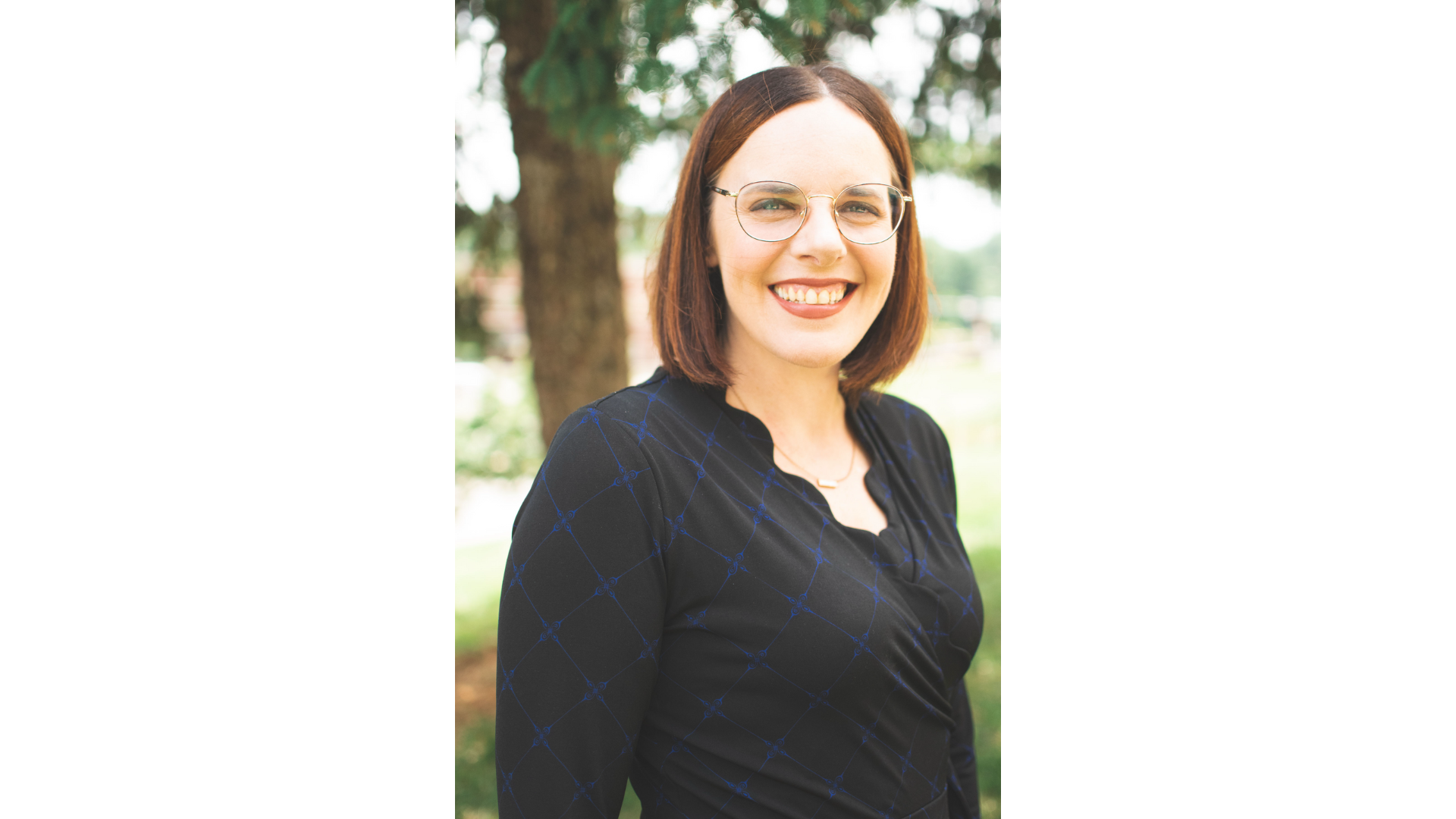By Jacqueline GaNun

About 150 people with disabilities entered San Francisco’s federal Department of Health, Education and Welfare building in 1977. They didn’t plan to leave. The group was protesting the city’s lack of action in implementing Section 504 of a federal act that had passed three years earlier. The section was meant to guarantee equal access to any federally funded program for people with disabilities.
San Francisco had still not made any regulations that would require accessibility. So, in April 1977, groups like the one in San Francisco showed up to federal buildings in cities across the country. The sit-in of 26 days in the San Francisco building became the longest nonviolent occupation of a U.S. federal building in history.
Joy Jenkins became aware of the Section 504 protests from a Netflix documentary, “Crip Camp.” Jenkins, an assistant professor of journalism at the University of Tennessee, researches media frames — how journalists cover things and how their coverage affects people. She wanted to see how newspapers wrote about the Section 504 protest in San Francisco.
In a study that became a chapter in the book, “Social Justice, Activism and Diversity in U.S. Media History,” Jenkins found reporters emphasized the physical aspects of protesters, such as their mobility aids, service animals and use of American Sign Language.
“There was this almost sensational element to that in terms of how they were talking about these people … in a way that kind of set them apart and set them aside and didn’t pull them into this broader community,” Jenkins said. “And it’s also something that could diminish their political presence and power.”
This way of covering protests is known as the “protest paradigm,” where coverage focuses on physical characteristics of participants or the possibility the protest could become violent or disruptive. Jenkins said this type of coverage eclipses a protest’s goals and can other protesters by separating them from the mainstream, something she said happened frequently in the media’s coverage of the disability rights movement.
Journalists described protesters’ physical characteristics to describe the scene of the Section 504 protests and help readers see what was happening, but by emphasizing their physical differences drew attention away from their goal of accessibility, Jenkins said.
Jenkins’ research has implications for journalists today. Another aspect of the “protest paradigm” is that stories are generally shaped by officials’ accounts, including the police or politicians. This privileging of police accounts has been seen frequently in coverage of Black Lives Matter protests.
Jenkins also studied the language used in the Section 504 coverage. The terms journalists use to describe people with disabilities has changed over the years. In the 1970s, reporters used terms like “maimed” and “confined to a wheelchair,” which are not in use today because of their demeaning subtext.
Though there are more studies on harmful media framing and the language reporters use has changed, Jenkins said there is still work to be done in disability coverage.
“This othering still does happen in terms of the stories that are told about disabled people,” Jenkins said.
She said the inspiration porn and “super crip” tropes both depict people with disabilities “overcoming” the challenges of their disability. Activists say these types of stories objectify disabled people and draw attention away from societal systems that aren’t accessible.
Another description focuses on how people with disabilities are a burden to parents or caretakers, which Jenkins called the “burden trope.” She said the perspectives of parents or caretakers are also often privileged over the voice of people with disabilities themselves.
Many people in the beginning of the disability rights movement didn’t view people with disabilities as politically powerful. That thinking persists to some degree today, Jenkins said, and as a group people with disabilities are often overlooked.
“This is a massive group in society, in the U.S. and around the world,” Jenkins said. “There are still massive needs there in terms of accessibility and understanding and awareness, and through these individualized frames and stories, that can be neglected.”
Journalists who want to tell stories of people with disabilities should learn about the disability rights movement and how it continues to impact society, Jenkins said. She also recommended learning about the “protest paradigm” and othering language to avoid demeaning people with disabilities. Covering Poverty has compiled language guides and conducted interviews with journalists about how to cover disability.
Jenkins recommended talking to people with disabilities and following them on social media to keep up with current events and understand how language preferences evolve. Language guides, like The Associated Press Stylebook, can sometimes lag behind what people with disabilities are saying about certain terms.
“Staying aware, staying educated and getting out there and talking to people I think is really valuable,” Jenkins said.
Jacqueline GaNun is a fourth-year journalism major at the University of Georgia.

